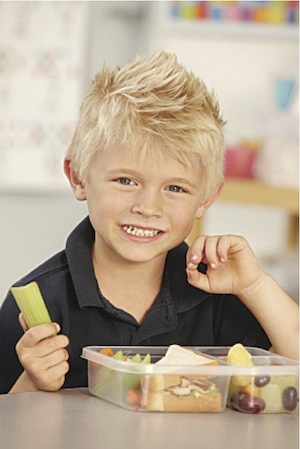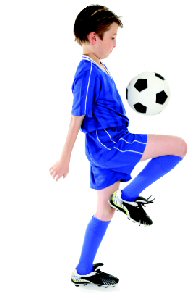The measuring cups or devices packaged with over-the-counter (OTC) liquid children’s medication contained inconsistencies or useless information in almost every sample in a study reported in the Journal of the American Medical Association (JAMA).
A team lead by H. Shonna Yin, MD, of the New York University School of Medicine examined 200 of the top-selling cough, cold, allergy, analgesic and gastrointestinal medications for children.
The study was conducted in the 12 months leading up to November 2009, when the U.S. Food and Drug Administration (FDA) released new voluntary guidelines for the pharmaceutical industry recommending better consistency and clarity in over-the-counter medication directions and their accompanying devices. A manufacturer’s group, the Consumer Health Products Association, subsequently issued similar guidelines. The JAMA article did not indicate to what degree pharmaceutical companies are complying with the guidelines.
Measuring devices were packaged with 148 of the 200 children’s products examined in the study. Researchers found that of these 148 medications, 146 had “inconsistencies between the medication’s dosing directions and markings on the device.”
These problems included missed markings, when a dosage in the instructions was not shown on the measuring device; unneeded markings; nonstandard abbreviations; and units of measure not included in the instructions, such as drams or dessert spoons when the instructions called for teaspoons.
“At the time the FDA released its new guidance, top-selling pediatric OTC liquid medications contained highly variable and inconsistent dosing directions and measuring devices,” the authors conclude. They call for a standard measuring device to be included with all nonprescription liquid products, consistency between directions and markings on the measuring device, and standard measurement units, abbreviations and numeric formats.
A Bigger Problem: Unsupervised Child Overdoses
In an unrelated study, the journal Pediatrics reports that unsupervised children taking medications accounted for more than two-thirds of cough and cold medication-related emergency room visits by kids younger than age 12. Excess dosing by a caregiver was involved in a relatively small number of cases gathered from 63 hospitals for a 14-month period.
The Pediatrics study found that following the late 2007 pharmaceutical company withdrawal of cough and cold medications for children younger than age 2, the number of cough and cold medication-related emergency room visits for kids younger than age 2 dropped by more than 50 percent.






